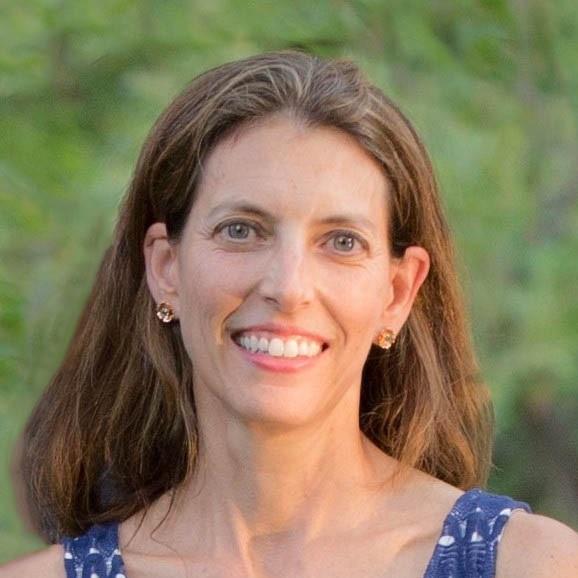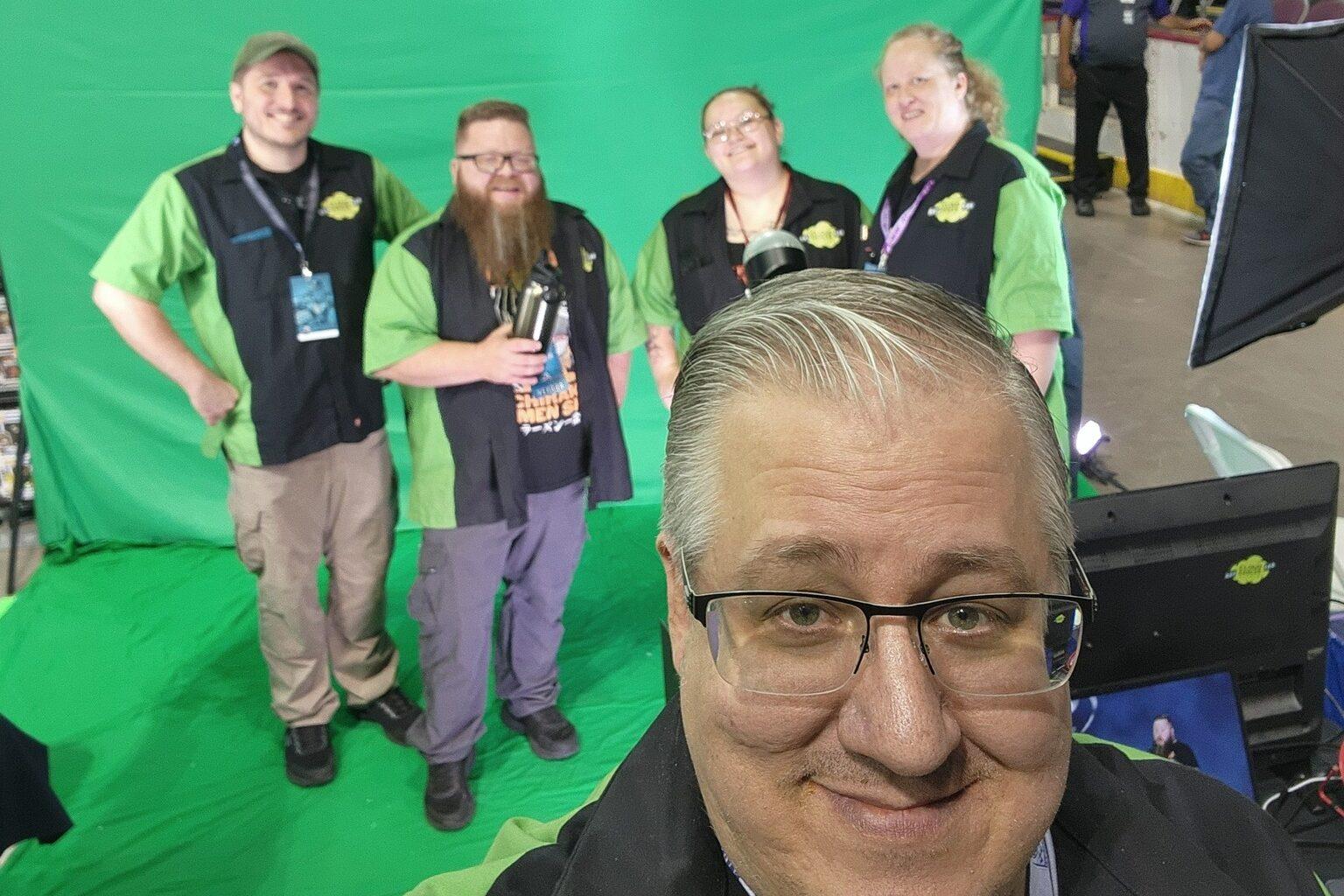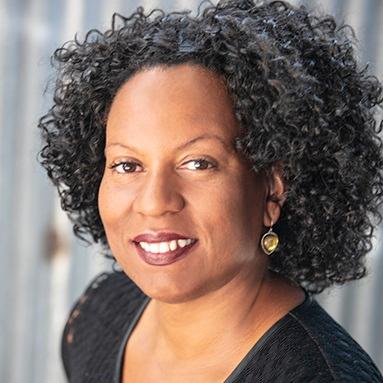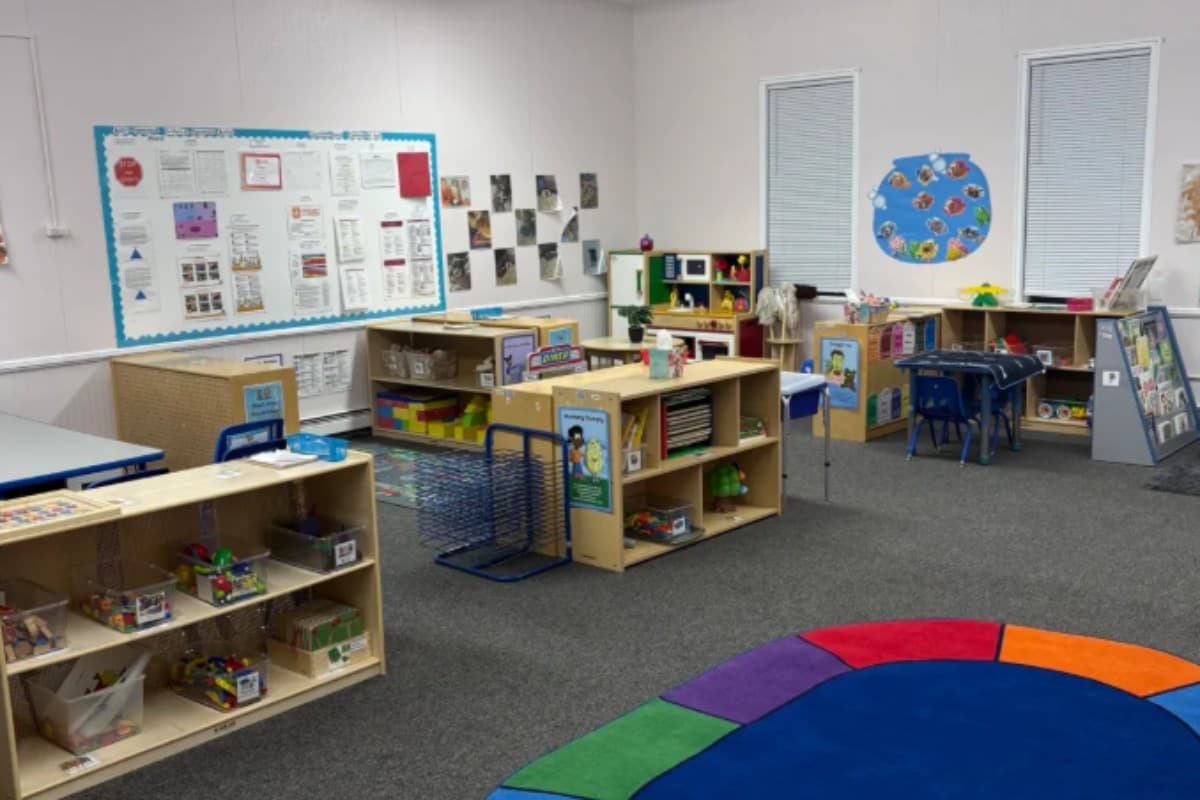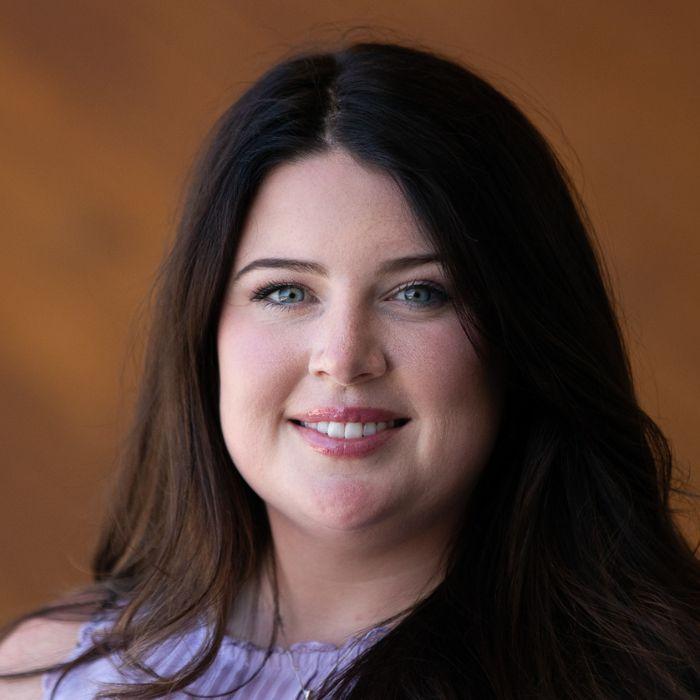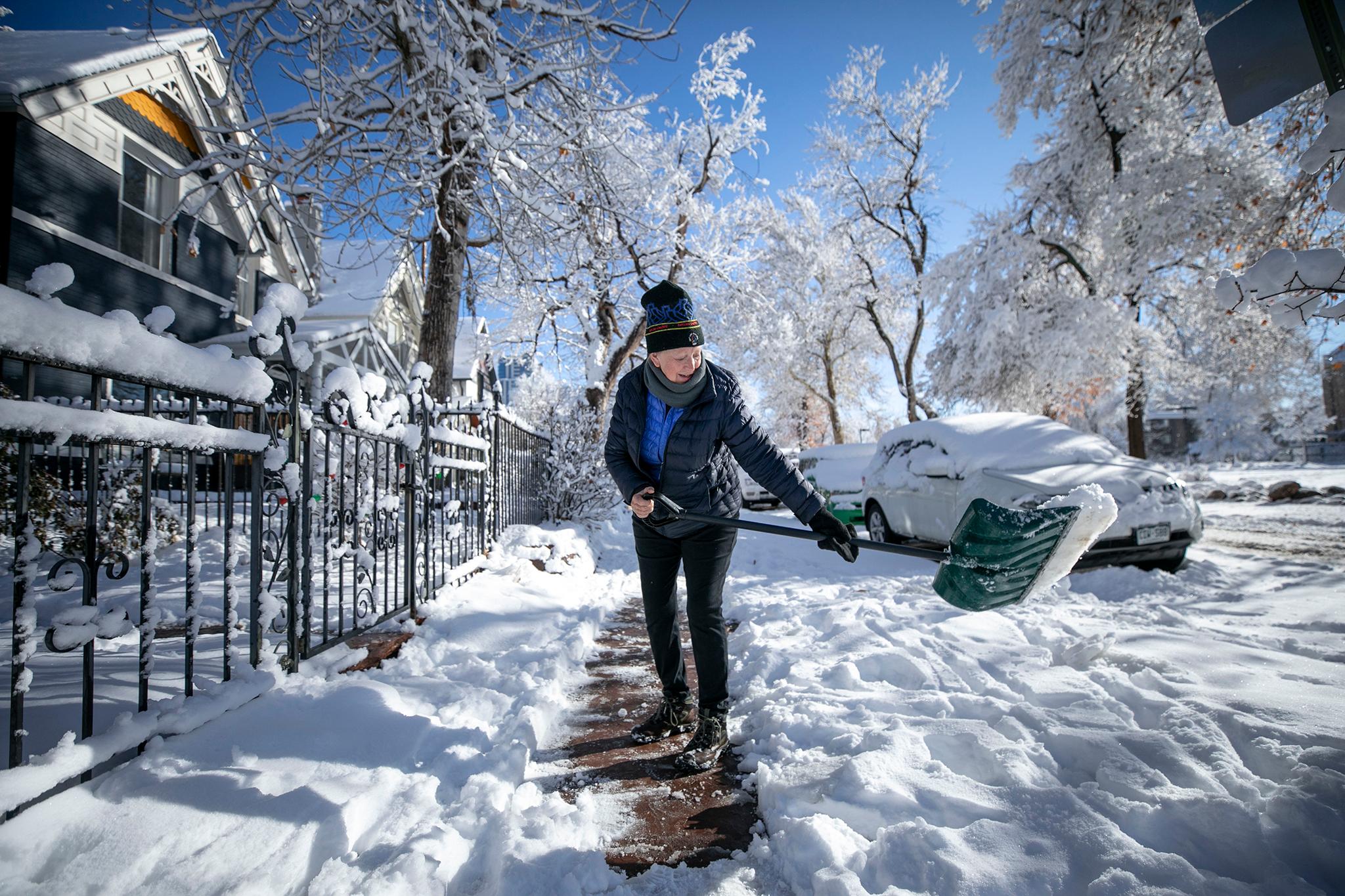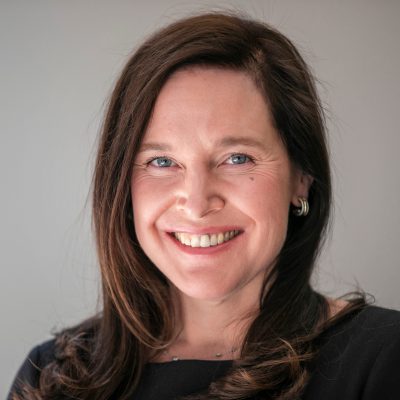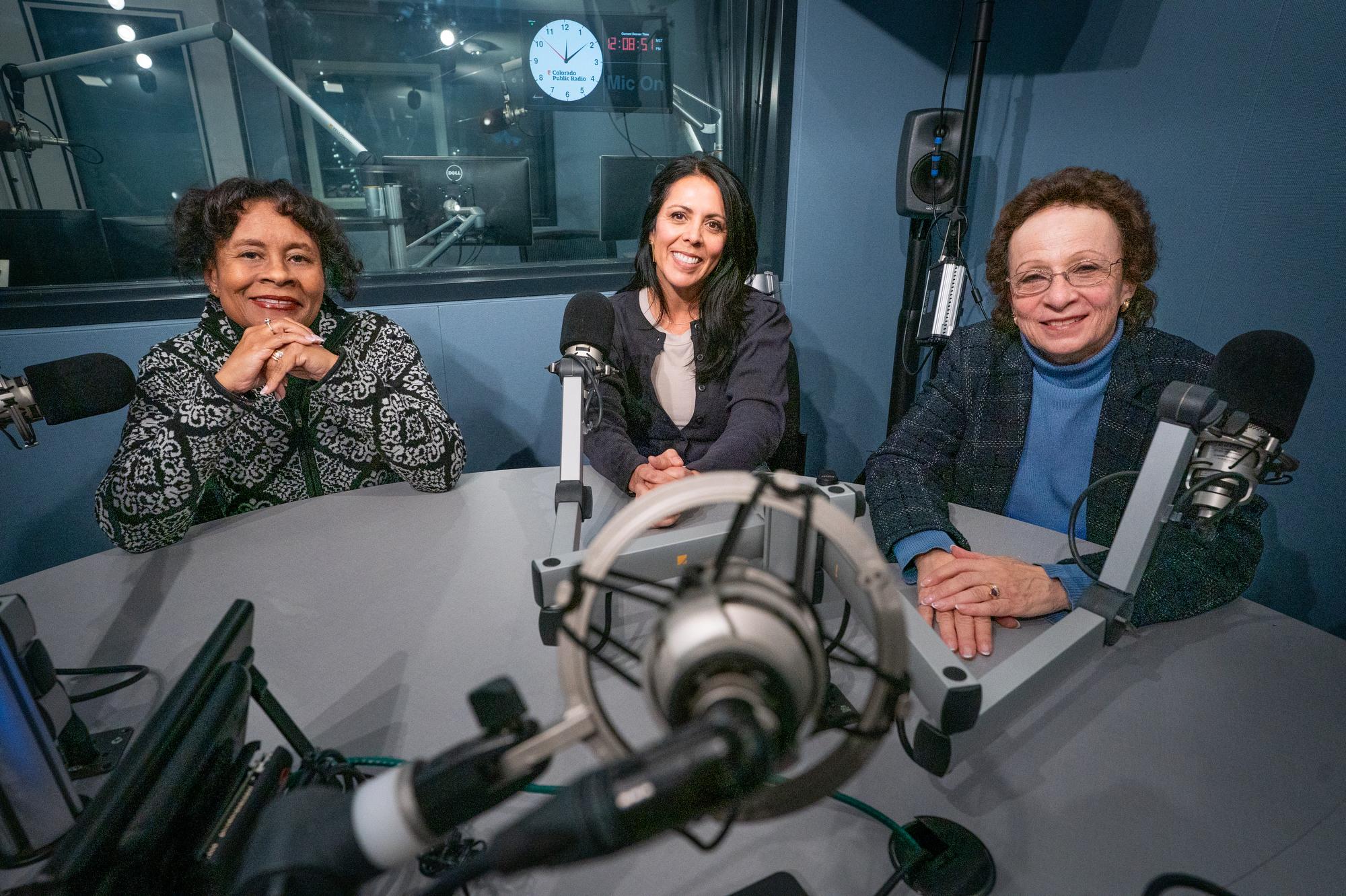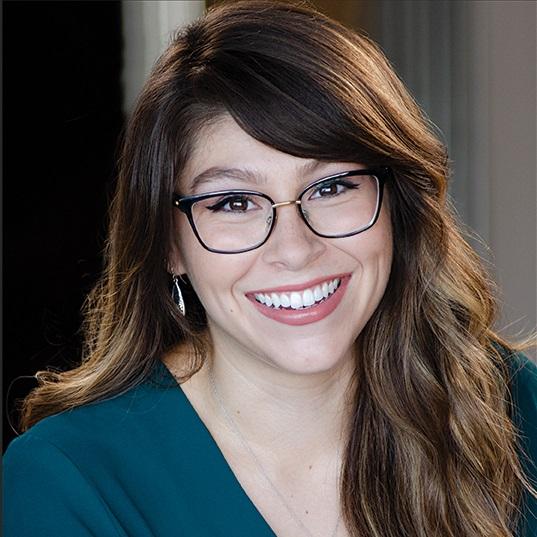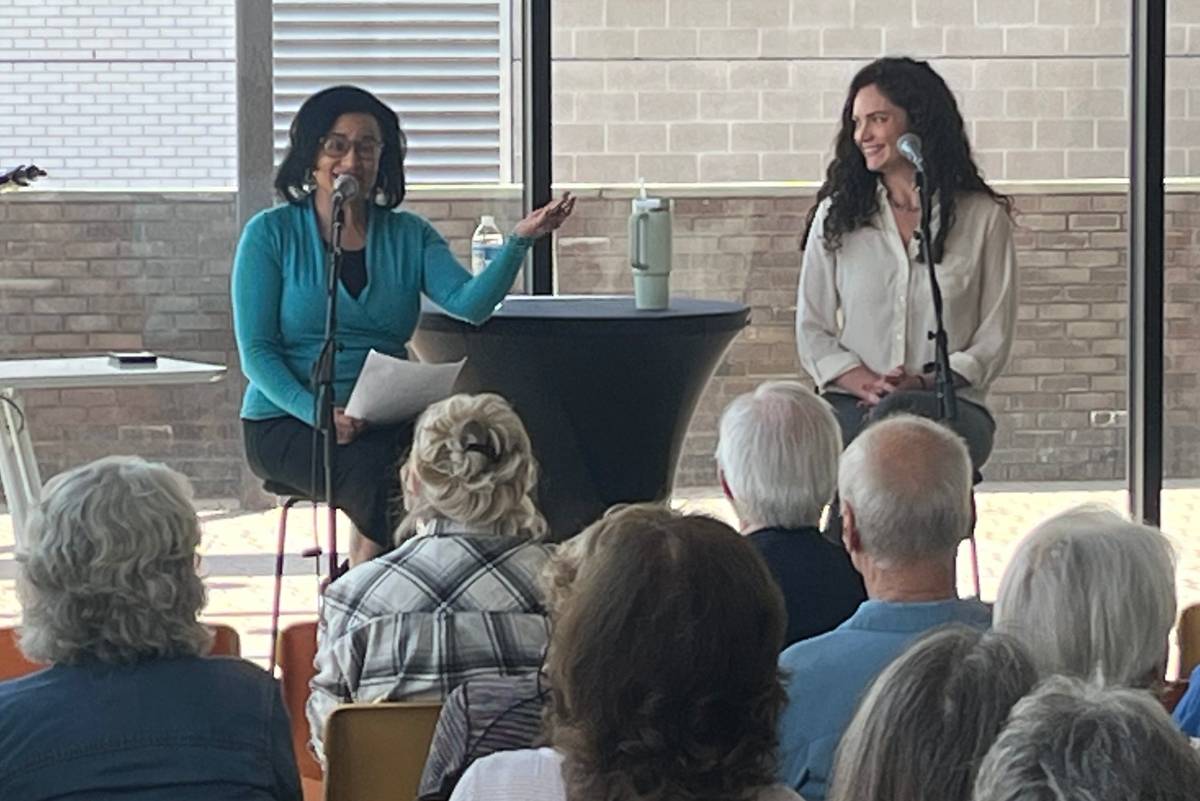
Something happened in 2022: It was the first year in our state’s history that people over the age of 60 outnumbered those under 18. Colorado will one day be a state where more than one in four people is 60-plus.
That’s a lot of change, and it’s something the state is working hard to plan for with a focus on everything from healthcare, housing and infrastructure, to job security and fighting ageism. It’s outlined in a first-of-its-kind report called “The Multi-Sector Plan on Aging.” Public comment is welcome through May 30.
“The government can't do all this work. Nonprofits can't do all this work. We need the business community involved. We need healthcare involved. We need philanthropy involved. Higher Ed. Anybody you can think of,” said Kristine Burrows, the Senior Specialist on Aging for the State of Colorado. “Because the cool thing about aging is that we're all doing it. Every day we're one day older.”
Burrows is leading the planning effort to make sure the state has the right resources and support for an older population, while also empowering people as they age to live healthy, independent lives that includes working if they choose or need to.
“If you're 65 and you want to go get a new job, it's easy for employers to say, ‘Oh, I don't know, they might leave the workforce pretty soon.’ But the data shows that anybody in a new job tends to stick around for about five years, regardless of age. So that's a good business case plug for hiring and retaining older workers.”
Burrows spoke with Chandra Thomas Whitfield in front of an audience at CPR News for our series, “Aging Matters.”
This interview has been edited for length and clarity.
Chandra Thomas Whitfield: What's driving this huge demographic shift?
Kristine Burrows: Colorado is a great place to be, as we all know, and one of the things that's driving this big demographic shift is that in the '70s and '80s, we saw huge immigration. So people moving to Colorado in their 20s and 30s in the '70s and '80s are now 60, 70, 80, because we stay here because we love Colorado. And so it's the rate of change of how many older people we have in Colorado that's really driving this force on the fact that we need to get our acts together on making sure that we have a strategy.
Thomas Whitfield: And we should note that Colorado is not alone. This is a trend that's happening all across the country. But I have to ask, is our state experiencing a higher impact?
Burrows: I would say yes. As of 2024, we're the eighth-fastest aging state in the nation, which is a slight downward trend from the second fastest in 2023. And we don't have the infrastructure in place right now to solve the problems. We need all of our infrastructure, both physical and non-physical, to work together. So I'm thinking about the built environment, and I'm thinking about healthcare, and I'm thinking about our economy. I'm thinking about ageism and how we treat each other and community. And we need all of that to work together as we experience this really rapid rate of change in our demographics.
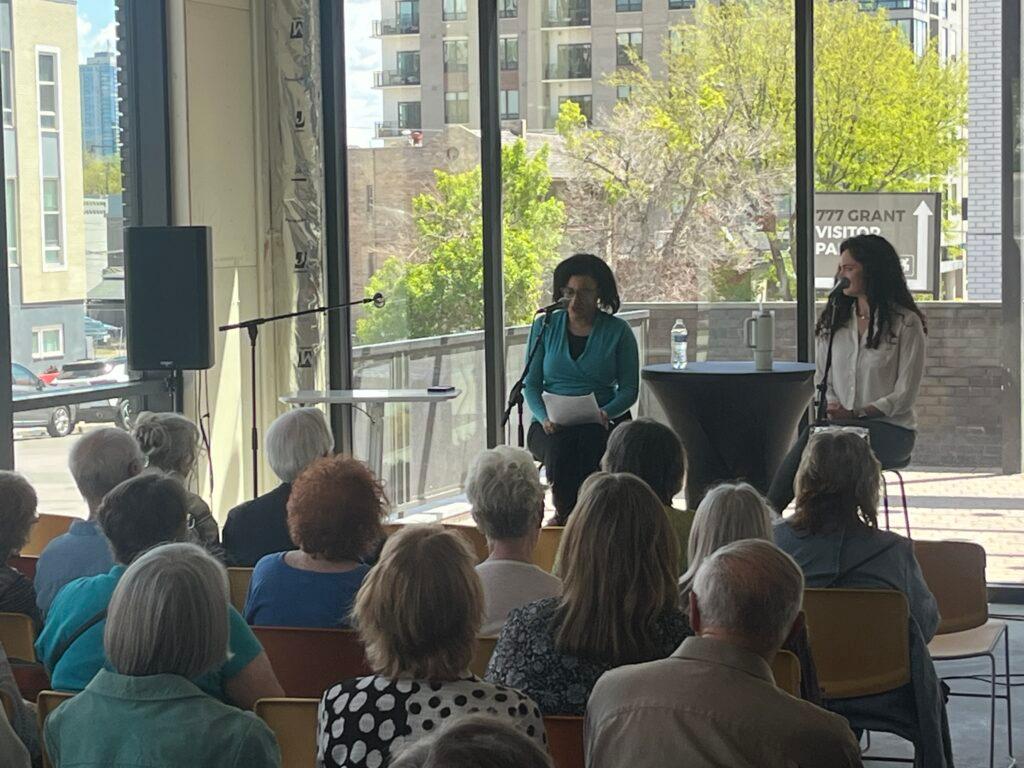
Thomas Whitfield: So Colorado saw this population change coming and has been planning for it. The state issued a report in 2022 called Lifelong Colorado, and I want to highlight a couple of sentences. It said, Colorado was spending $2 billion a year on programs for older adults. But, “taken together these programs and services do not reflect a clear strategy or set of priorities. Instead, they have been developed over decades to address and react tactically to specific challenges.” So the state wanted a strategy, and that's where you, Kristine, come in. Give us some insight into what you have been doing in this role.
Burrows: It's really exciting. Because we saw this change coming, the state has been doing a lot of work. We had a Strategic Action Planning Group on Aging, SAPGA, come together in 2015 and they did sort of the heavy lifting on our strategy work. What are the needs in communities across Colorado, in rural Colorado and mountain communities, along the Front Range, etc. and what do we need to start doing to address those? So things like recognizing that housing was a big deal and that we were seeing more older adults unhoused than ever before.
So where I come in is in 2022, there was a piece of legislation passed, the Modernization Of The Older Coloradans' Act that basically said, “Okay, now we have this 30,000-foot view strategy, we need some boots on the ground to implement it.” We know that older adults are experiencing homelessness at a higher rate than we thought or that we've seen in the past. What are we going to do about it? Are we looking at land use and zoning policy? Are we looking at tax credits or tax exemptions? What are the levers that we can pull in terms of housing and shared housing and new developments and things like that? So that's what I've been working on. I get to talk to a lot of people all over the state of Colorado to talk about big ideas, which is a really fun job.
Thomas Whitfield: So Lifelong Colorado said, “Here are the challenges.” And you are in charge of identifying the specific steps to take. And those next steps are in a new report that you've just released called the “Multi-Sector Plan on Aging.”
Burrows: The Multi-Sector Plan on Aging, we call it the MPA for short, is meaningful to me. The government can't do all this work. Nonprofits can't do all this work. We need the business community involved. We need healthcare involved. We need philanthropy involved. Higher Ed. Anybody you can think of. Because the cool thing about aging is that we're all doing it. Every day we're one day older.
So we're looking at an implementation plan, and we have five goals within this plan. The first is age-friendly communities. How do we all integrate into our communities? And I think about this on two levels. One is sort of the hard tangibles, so the built environment, roads and sidewalks, transportation, housing, etc. And then the softer components of what an age-friendly community looks like, like respect and inclusion, are people respected in their communities? Do people have access to civic participation and engagement opportunities? Do people have access to work opportunities? So we want to make sure that all of those come together to support all of us, regardless of our age.
Our second goal is around healthcare, making sure that it's accessible and affordable. Our third goal is around long-term services and support, so making sure that people can access the resources that they need. Do you need Meals on Wheels? Do you need access to a housekeeper? Do you need access to transportation? Our fourth goal is around Colorado's economy as a whole. So, recognizing that with this demographic shift, we're going to see a lot of change in our workforce. Not only will people be retiring, we'll also see a need for direct care workers. Who can do the work to take care of us as we age?
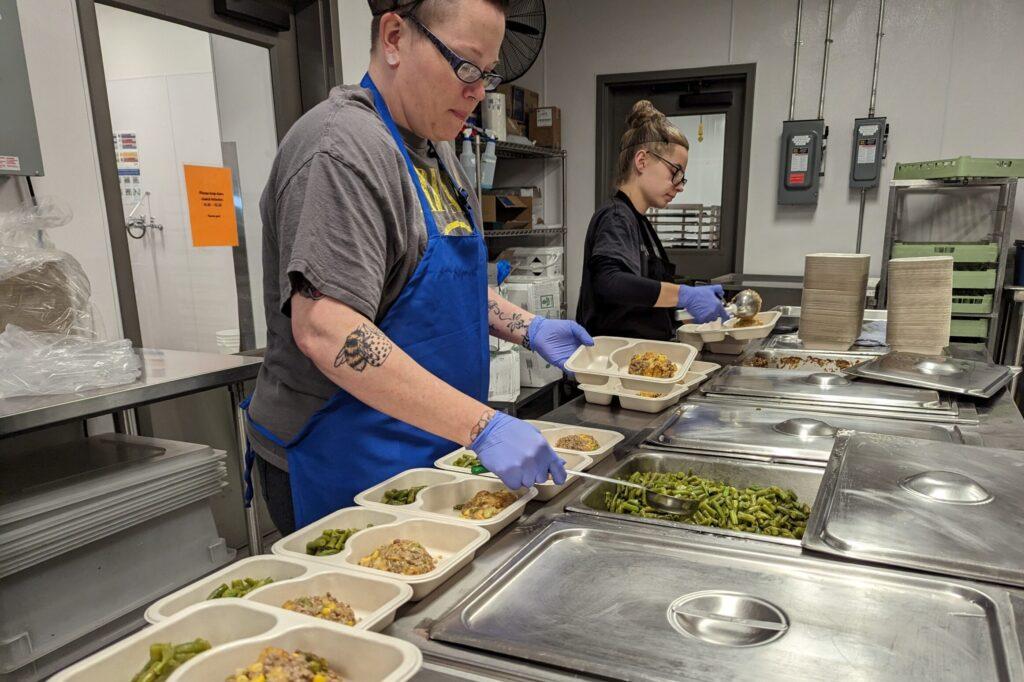
And one of the things that I like to get on my soapbox about a little bit is the retirement age of 65, which I'm not suggesting that we change the retirement age of 65. But that is an age that we put in place in 1935 as part of the New Deal, when our life expectancy was 67. Our life expectancy is 80 plus. So those numbers don't quite match up with people needing to work or people wanting to work, because we have a lot of creative energy to bring to the table as we age.
Thomas Whitfield: Yeah, I'm kind of reacting to the 65 when the expected age was 67. So it's like, oh, you get two years, knock yourself out, right?
Burrows: Yeah. Which is challenging, but it also closes the door a little bit for age discrimination. If you're 65 and you want to go get a new job, it's easy for employers to say, “Oh, I don't know, they might leave the workforce pretty soon.” But the data shows that anybody in a new job tends to stick around for about five years regardless of age. So that's a good business case plug for hiring and retaining older workers.
Thomas Whitfield: Let's go back to the healthcare topic that you mentioned, which is one of those topics where the rubber meets the road, as they say. I was shocked to learn in this report that we have about 1.5 million people over the age of 60. And tell us, how many geriatricians are working in our state?
Burrows: 110. So that ratio, that doesn't meet the need, that doesn't add up. And so, one of the things that we're working on is figuring out how to bring geriatric trained providers, so providers, either clinicians, primary care physicians or specialists, mental health providers, etc, physical therapists, who are trained in working with older adults.
One of the things that we've found in the research, there's a brilliant researcher out of Yale, her name is Becca Levy. She found that America spends over $63 billion annually, egregiously, because of ageist healthcare. So I'm 33 years old. If I go to my doctor and they find that I have high blood pressure, they're going to say, "Kristine, why don't you lay off the potato chips and go for a walk every once in a while?" If my dad, who's 78, goes to the doctor with high blood pressure, they're going to say, "Hey, try this beta blocker." And that's just a training issue.
So, what we can do is we can help train clinicians to be better at treating older adults. And that can be, like I said, primary care providers, or it could be physical therapists. Are we prescribing exercise appropriately? A lot of physical therapists are nervous to work with older adults because they don't want us to break, and we know that that's not going to happen. So, how do we make sure that physical therapists can dose correctly as well? There's some really great work out of CU Anschutz, looking at that right now too.
Thomas Whitfield: And most medical schools have a pediatric rotation, but don't require a geriatric rotation.
Burrows: That's exactly right. Every medical school in America requires a pediatric rotation, and only four require a geriatric rotation, which again, the math isn't math-ing. The math doesn't work in that scenario. We are all aging, we all need to make sure that our healthcare providers know how to take care of us.
| Whether you're aging yourself or caring for someone who is, what questions do you have? Email us at [email protected] or leave a voicemail at 303-871-9191 X 4480. |
Thomas Whitfield: Healthcare, in terms of affordability, is a huge issue as well. You address a strategy that many people are forced to use, spending down to qualify for Medicaid. Tell us about that situation, and how would you like the state to address it?
Burrows: So the Medicaid spend down is interesting, and for those of you who aren't familiar with this process, a lot of folks will spend down their resources on care, like care resources or healthcare, whatever the need is, to meet the income and asset limit for qualifying for Medicaid, which now means that you have very few assets and little income, but you do have care. It's also pretty costly for the state to do that. So now we have a really costly option on the state side, and it puts people in a pickle on the economic security side, that individual economic security side.
And so what I'm hoping to do is a cost avoidance analysis. What are the strategies that we can employ to prioritize that preventive care? Can the state pay for or can philanthropy pay for or healthcare pay for those preventive services like Meals on Wheels and housekeeping? If you can't change your sheets, if you don't have the mobility to change your sheets or scrub your bathtub, it's really hard to age in your home. So if we can prioritize getting resources to those folks, so the resources that the area agencies on aging provide, my hypothesis is that we can save money on the back end with costlier Medicaid. Medicaid is a great, great program for people who need it, and it can put people in a bind when you have to spend down.
Thomas Whitfield: You kind of hinted to this in your mention of preventative care. So, your report talks about keeping people healthy. What's the impact of that and why do you think that is so important?
Burrows: One of the things that I think about a lot is this stigma around aging. And people think about their bodies breaking down as we talk about aging, and we know that that's not totally true. There are some genetic components around aging, but in Colorado especially, we're really active, we tend to live pretty long, healthy lives. And if we can keep ourselves healthy for longer, it decreases our use of other resources. So if we can identify some preventive services that are meaningful to communities, it doesn't make sense for me in Denver to say, "Hey, Yuma County, you should start a walking club on Thursday mornings," if I don't know what's happening in Yuma County on Thursday mornings, right? So it's important to get the community involved in that process as well. And I think that's one of the things that we've struggled with around preventive care, is that community-centered approach.
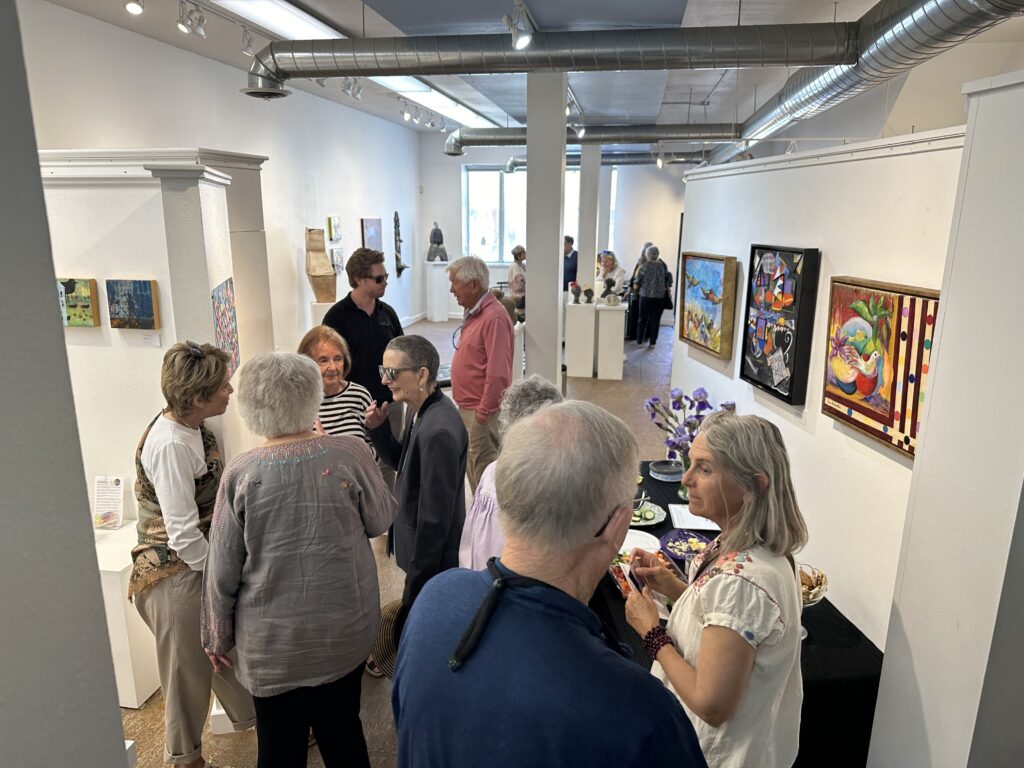
Thomas Whitfield: Your report also tackles housing policy. And we often hear how the lack of affordable housing hurts young people, but tell us, how does it impact older people?
Burrows: One of the things that we think about a lot, I like this analogy of a kindergarten chair, which one of my friends and colleagues uses. So in kindergarten, we have these teeny tiny little chairs, and then as you get older and then you're in middle school and high school, your chairs get bigger, and then you go to the workforce and you have these rolling chairs that you can roll around in your desk and they meet your needs. And that's kind of how I envision our housing structure. A lot of times, we're living in these single-family homes, they're big, they might be two stories, and then we don't need them anymore. We don't need that amount of space anymore, or we don't need to be in that neighborhood anymore, or whatever the case may be. And so we have this continuum of need for housing.
So, whether that's bringing in potentially help to care for us in our two-story home, or whether that's downsizing into a condo or a smaller ranch-style home, where it gets challenging is capital gains tax. And it's been really historically unaffordable to downsize in Colorado. And so, one of the things that we're looking at is figuring out how we can pull some of these tax levers to figure out how to make it more affordable to downsize. Because if you're downsizing, if you can manage your home better, you probably need less resources in your home.
And then thinking about the full continuum, do we need assisted living? Do we need skilled nursing or memory care? Whatever the case may be, and making sure that there's no stigma attached to that. I think we've done ourselves a disservice stigmatizing facility-based care, but the reality is, we may need it, and that's okay. And I think there are some really beautiful communities out there that are providing care and service to folks.
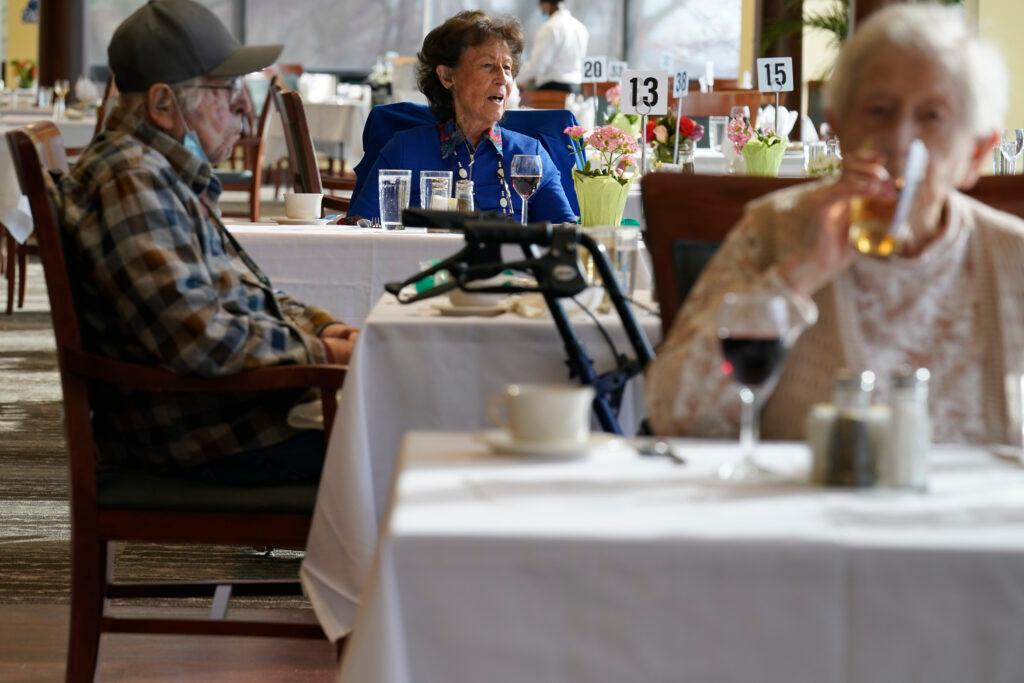
Thomas Whitfield: This is all resonating with me personally. A lot of the passion that I have for the Aging Matter series is, I am navigating supporting my aging parent and she lives with us. So when we picked our house, we were being conscious of, is there a room on the bottom level so that she doesn't want to do stairs or can't do stairs? And then now with the healthcare part of it, is transportation, just getting to the appointments to access that. But you have a life, you want to go to the store, you may want to have a social life and do things. And so, one of the things you talk about is transportation and the challenges, and I am in the throes of that, so I'm going to be listening closely. But also in our rural areas, it is really tough.
Burrows: So, transportation is one of my favorite topics because it's a universal need across Colorado, everybody is in need of transportation resources. However, the solutions are vastly different based on where you are in the state. So in the metro area here, we tend to have the infrastructure that we need. We have ride-share, have taxis, and we have light rail and bus systems, but they're not always affordable and they're not always accessible. And so that's where we can put resources towards to make sure that those are affordable and accessible.
Now, if you go out to the Eastern Plains, there's not a lot of infrastructure out there. We don't have the infrastructure, we don't have the service providers on the Eastern Plains to physically provide rides and transportation to folks who need it. And so on the Eastern Plains, we're looking at really more of an economic development solution. How do we bring transportation service providers to the Eastern Plains without over-tapping the water supply, which is the other wrench in the system? And then when you get in the mountains, maybe you have to go over a mountain pass to get to your cardiologist or whatever the case may be, which is probably doable in the summertime and may not be accessible in the wintertime. And so what do we do to make sure that we have accessible roads for everybody, regardless of where we are? Or not even roads, I mean, if I had a magic wand, maybe we have passenger rail, which I know is a hot button topic right now, but passenger rail throughout the mountains. How do we make sure that we can get folks from A to B safely?
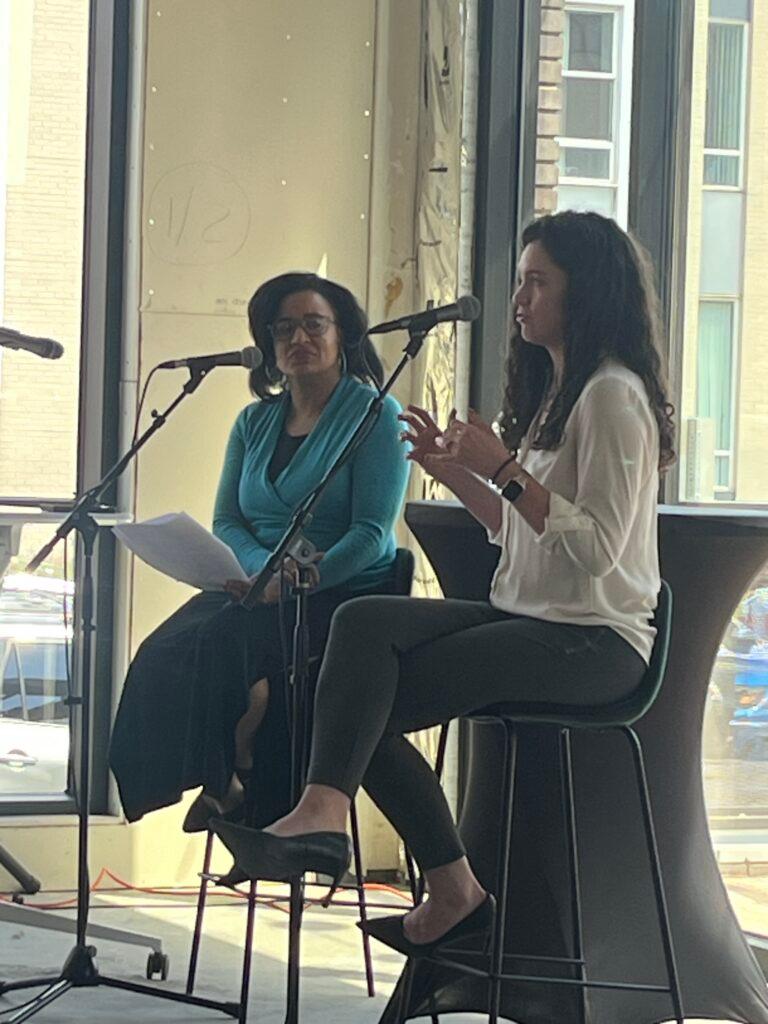
Thomas Whitfield: This may be a good time to talk about state versus local control. Will these ideas be a mandate from the top down, or will they percolate up?
Burrows: Absolutely not. I talk about this plan as a government-led, community-run plan. So I'm driving the bus, but I need everybody on the bus directing me. I need a navigator on this bus. I'm full of analogies today, y'all. I'm sure I can fit some more in today.
Like I said, it doesn't make sense for me, and I work near the capitol, it doesn't make sense for me to sit up here in Denver and say, "Yuma County or Archuleta County, here are these seven things that you can do to make aging easier or better in your county." Or I really rely on the county level support, the local municipalities to tell me what's working. How can we best support our communities in the way that counties are already doing, and how can we leverage that? I was talking to a county the other day and he said, "Well, I'm really focused on housing and food, because those are, I just feel like I'm so tunnel visioned on housing and food because that's what people need right now." I said, "Yeah, I mean, that's the bottom of Maslow's Hierarchy of Needs. You’ve got to get housing and you got to get food on the table."
And then the next day, I was talking to a woman in a different county on the Western Slope, and she said, "Well, Kristine, my county is really struggling with housing and food. And so what I'm trying to do is figure out how we can take the strengths of our community within this intergenerational component, and how do we bring this community lens to making sure that people have food and housing?" And she sort of inverted the Maslow's Hierarchy of Needs pyramid and was like, "We can use all this stuff that we're really good at the top to meet our basic needs." And I was like, "Whoa. Yeah, we can." So that's the energy that I'm looking for within the county: how can we flip Maslow's Hierarchy of Needs on its head to meet our basic needs with the strengths that we have within our local communities?
Thomas Whitfield: Shifting gears a bit, I want to talk about an issue that appears in your report more than once. As you asserted earlier, ageism. It shows up first in your section called Livable Communities. Explain that. Why is ageism there?
Burrows: Ageism is rampant. I think if I asked anybody in this room, “Have you ever been a victim of age discrimination? Or, have you received an ageist birthday card?” All of a sudden, you are 50, and so now you have lost control of your bladder and are incontinent or whatever the case may be. It's everywhere. One of the things that we need to really focus on is making sure that we can eliminate ageism because when we don't value people in our communities, we don't respect them. Valuing people who are getting older, valuing aging, who is everybody... We're all aging. Being able to value each other for our age, for our wisdom, for our creative energy that we bring to the community is really important. When we do that, we open up a lot of doors. We reduce age discrimination. We open up opportunities for work. We open up opportunities for engagement.
Thomas Whitfield: As I've honed in on this work in this series, I've noticed so much that when I look at pop culture and how it is so acceptable to make fun of the aging, you just notice it more. I think that has a lot to do with this. Oh, it's okay to make this joke, but maybe not another joke. It seeps in, and it becomes part of people's behavior.
Burrows: Yeah. I look at it on a continuum. The birthday card seems innocuous, but then, when you can't find a job, I mean, that's not innocuous. That's your livability. That's your livelihood. The innocuousness, I think, grows and it gets really challenging. Have you heard of the 100th Day of Kindergarten trend? It's a trend where kindergartners dress up like 100-year-olds on the 100th day of school, and they want to get students to school so they can count them for funding, but they dress up in these heinous outfits. I mean, they all have assistive devices. They are wearing these crazy shawls. It's not a good reflection of getting older. What a sad use of that day to show kindergartners that older adults have bad fashion, and then they need help walking and all these things. Let's stop that. Let's stop that trend. Do something cooler.
Thomas Whitfield: Well, I mean, to your point about this really being ingrained in society, even with the job search, many people are advised not to put anything past 10 years on their resume and remove their graduation date because people are calculating... Oh, they're this age. That's really sad.
Burrows: Yeah. Colorado just passed a bill two years ago to remove graduation dates from job applications, which is great. They couldn't ask for your birthday, but they could ask for your graduation date. Chandra, to your point, you subtract 18, and you have a pretty good guess of how old people are.
Thomas Whitfield: You just mentioned that, but what can the state do in terms of addressing ageism?
Burrows: There's a handful of things. We can do some policy work, like the Graduation Date Bill, but where I see us being really effective is partnerships with other groups doing the work, too. The Next50 Foundation, the American Society on Aging just enveloped the Changing the Narrative campaign. They've done a ton of work around ageism in Colorado and ending ageism in Colorado. I'm a reframing aging trainer. Getting that grassroots community building, how do we make sure that we're screaming from the rooftops, "We're all aging. Ageism isn't cool. It's not appropriate. It hurts us, and it costs us money."
This is my favorite stat of all time. This researcher out of Yale, who I mentioned before, Becca Levy, she did a bunch of research looking at perceptions of aging, and she found that people who thought positively about getting older and older people lived on average seven and a half years longer than people who don't think positively about getting older. She controlled for all these variables, like comorbidities and health status and socioeconomic status and all of these things, and still found that people live seven and a half years longer, which, hello, is 10 percent of our life span. That's pretty cool.
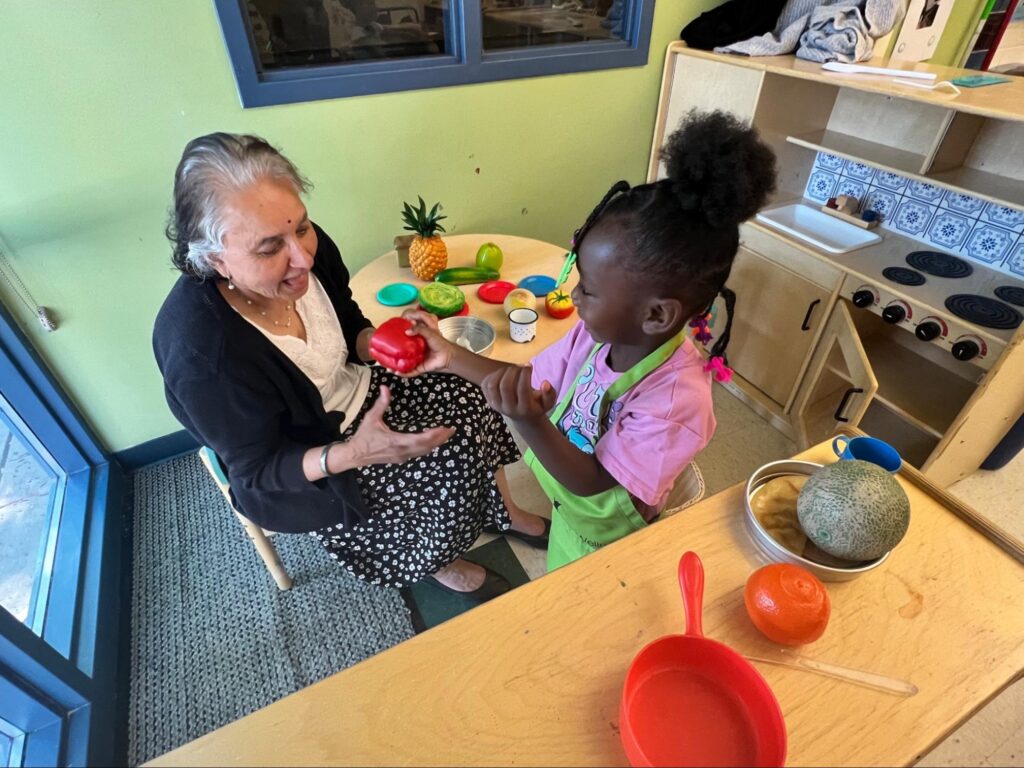
Thomas Whitfield: A lot of industries are struggling for workers, and here you have many capable people with skill, experience, knowledge. You mentioned wisdom. Tell us about your thoughts about older adults in the workforce. What can that look like? What should that look like?
Burrows: I think it can look like anybody's needs. I mean, a flexible workplace is good for older people. It's good for parents. I think COVID highlighted the fact that a flexible workplace is working for us. We also think a lot about the cost of older workers. I have a lot of myths to bust around that. There are a lot of folks who think older workers cost more money because they bring expertise and knowledge. You're paying for that expertise and knowledge. But a lot of older adults don't have dependents for health premiums, so employers aren't paying health premiums on other people. It's a quick myth bust that older workers are not more costly for employers. Part-time, flexible schedules, recognizing the value of people, and recognizing that we all have skills, I hear a lot of myths about older adults not being able to use technology, which is just so silly to me because we have all been in this digital shift. Anybody needs help accessing technology or accessing new technology or ways of working. That argument feels moot to me.
Thomas Whitfield: I think back to the answer to our quiz that 2022 was the first year Colorado had more people over the age of 60 than those under 18. I wonder, do you think we'll look back on this as a turning point in our society?
Burrows: I hope so. I hope we look at this as a turning point, that we recognize the value of older people, that we recognize the need for infrastructure, both physical and non-physical, to make sure that we're all thriving. I hope that this is a turning point for ending ageism. We are all aging. This is the only thing that we all do together. This is the only collective experience besides birth and death that we all have. I think we can band together behind that and recognize that we're a force to be reckoned with.
Funding for public media is at stake. Stand up and support what you value today.
